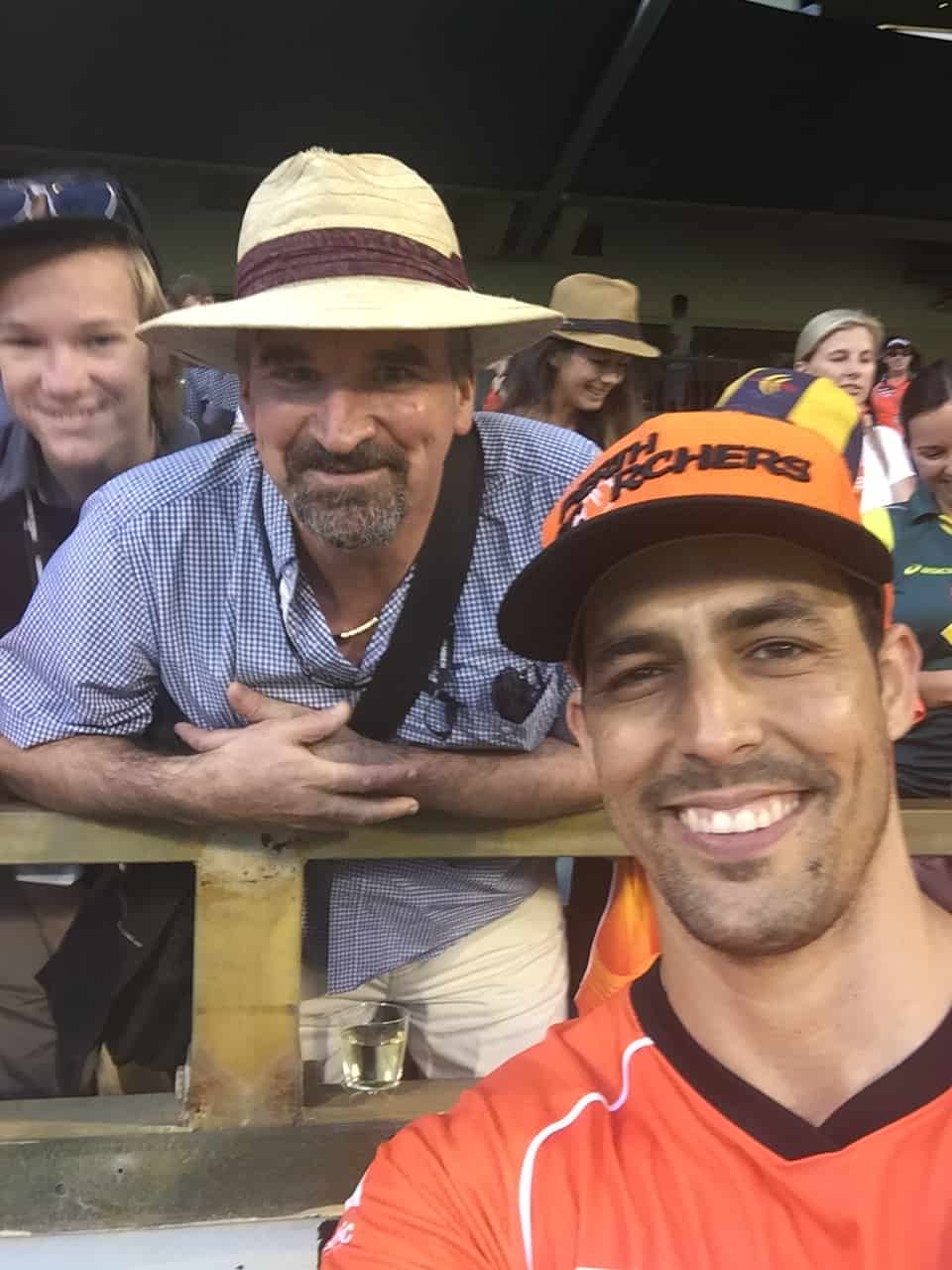Australia Post features regularly in the mainstream press. Recently, the media and Government discussed the pay packet of its Chief Executive Officer, Ahmed Fahour, but a safety management issue has been bubbling along for some time and reappeared this morning in the Australian Financial Review (AFR) “Australia post investigated over alleged manipulation of injury rate for bonuses” ($paywall).
The AFR writes that
“Comcare is investigating Australia Post over allegations that some senior managers manipulated data on injured employees’ absences from work to meet key performance indicators and secure hefty bonuses.”
This is allegedly done by
- “delaying injury claims,
- recording workers on sick leave when they are really absent on injury, and
- paying for medical expenses in lieu of workers lodging compensation claims.”
Continue reading “Can Australia Post’s executives survive the most recent allegations?”


 The first is
The first is  Fatigue and impairment are two of the most difficult workplace hazards to address. These are further complicated when they are contextualised in workplace mental health. So it is concerning when an entrepreneur produces a product that is meant to help address mental fatigue but that may also mask occupational health and safety (OHS) actions that are required to provide truly sustainable workplace improvement.
Fatigue and impairment are two of the most difficult workplace hazards to address. These are further complicated when they are contextualised in workplace mental health. So it is concerning when an entrepreneur produces a product that is meant to help address mental fatigue but that may also mask occupational health and safety (OHS) actions that are required to provide truly sustainable workplace improvement.